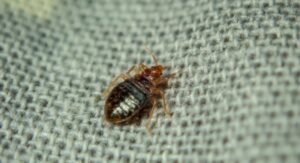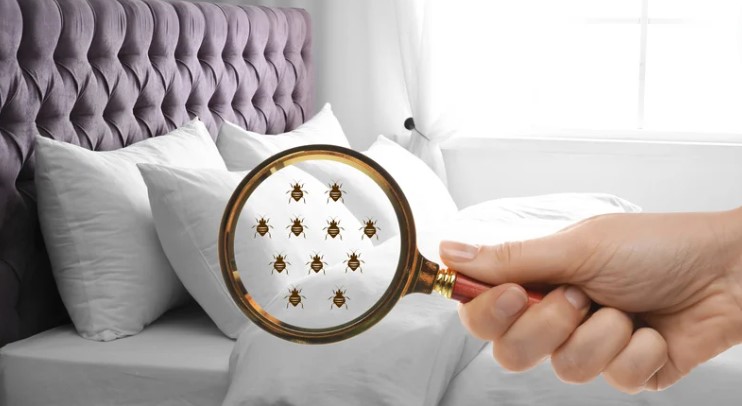Dealing with a bed bug infestation can be a frustrating and challenging experience for homeowners. Traditional methods may not always be effective, especially as bed bugs develop resistance to pesticides. In such cases, heat treatment emerges as a potent solution. In this blog, we will explain exactly what is heat treatment for bed bugs and how can we use that to get rid of bed bugs.
What is Heat Treatment for Bed Bugs?

Heat treatment is a non-chemical approach to get rid of bed bugs. It involves raising the temperature of an infested area to a level that is lethal for these pests. Typically, temperatures are maintained between 48 °C and 60°C for several hours. This method effectively finds bed bugs hiding places, including cracks, crevices, and inside furniture, ensuring that all life stages of the bugs, from eggs to adults, are eradicated in one treatment session.
How Heat Treatment Works?
The process begins with thorough preparation. Before heat treatment starts, it’s essential to remove heat-sensitive items such as electronics, plants, and certain personal belongings that could be damaged by high temperatures. This process allows for better heat circulation and ensures the treatment’s effectiveness.
Pest control experts use specialised equipment, such as industrial heaters and fans, to distribute heat evenly throughout the infested area. They monitor the temperature using sensors to guarantee it remains within the lethal range for bed bugs. This approach is crucial to eliminating all pests and preventing insect infestation.
How to Use Heat Treatment on Bed Bugs?

We can use the heat treatment method as three steps to kill bed bugs. Those steps are,
Preparation: Clear the treated area of clutter to allow for efficient heat distribution. Launder all linens, clothing, and fabrics on high heat to eliminate any bed bugs residing within them. Vacuum carpets, rugs, and furniture thoroughly to remove as many bugs and eggs as possible before treatment.
Execution: Leave the treatment area during the process along with any pets to avoid exposure to high temperatures. Professionals will gradually increase and maintain the temperature to ensure complete eradication of bed bugs. After treatment, allow sufficient time for the area to cool before re-entering.
Post-Treatment: Inspect the area post-treatment to ensure no bed bugs or eggs survive. Use bed bug-proof encasements on mattresses and box springs to prevent re-infestation. Regularly monitor for signs of bed bugs and maintain cleanliness to reduce the likelihood of future infestations.
Conclusion
Heat treatment is a powerful method to get rid of bed bugs. While it may come with a higher upfront cost and require careful preparation, its effectiveness often makes it a worthwhile investment for those dealing with persistent infestations. Always consult with professional pest control services to ensure the treatment is carried out safely and effectively, tailored to your home’s specific needs.






